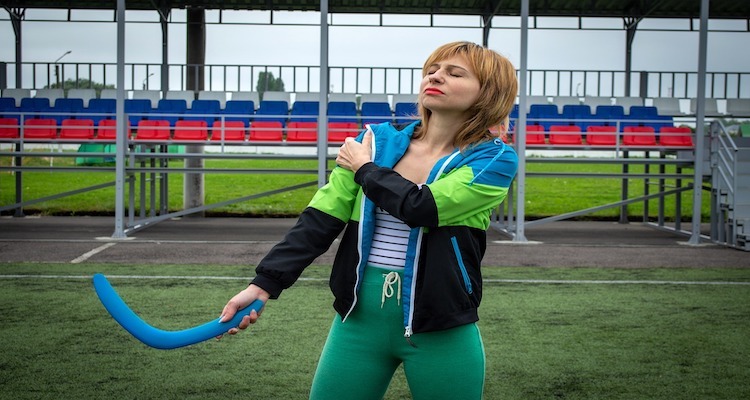
Frozen shoulder, also known as adhesive capsulitis, is a condition that causes stiffness, pain, and limited range of motion in the shoulder joint. It occurs when the capsule surrounding the shoulder joint thickens and tightens, causing scar tissue to form. This leads to a decrease in the amount of synovial fluid that lubricates the joint, further limiting movement.
Frozen shoulder can be caused by a variety of factors, including injury or surgery to the shoulder, diabetes, thyroid disorders, and prolonged immobilization. The condition typically progresses through three stages: a painful stage, a frozen stage characterized by limited movement, and a thawing stage during which the joint gradually regains mobility.
Treatment for frozen shoulder usually involves a combination of physical therapy, anti-inflammatory medications, and corticosteroid injections to reduce pain and inflammation. In severe cases, arthroscopic surgery may be necessary to release the tight capsule around the shoulder joint.
The main symptoms of a frozen shoulder include:
It's important to note that these symptoms may also be indicative of other conditions, so it's always best to consult with a healthcare provider for a proper diagnosis.
Massage can be used as a treatment for frozen shoulder, particularly during the painful and frozen stages of the condition. Massage can help to reduce pain and inflammation, improve blood flow to the affected area, and increase the range of motion in the shoulder joint.
However, it's important to note that massage should be performed by a trained professional who is familiar with the specific techniques used to treat frozen shoulder. A massage therapist who is not properly trained in treating frozen shoulder may inadvertently worsen the condition by applying too much pressure or using the wrong techniques.
In addition to massage, other treatments for frozen shoulder may include physical therapy, anti-inflammatory medications, corticosteroid injections, and in severe cases, surgery. A healthcare provider can recommend the best treatment options based on the severity of the condition and the patient's individual needs.
When treating a frozen shoulder, massage therapists may use a variety of techniques to help reduce pain, inflammation, and stiffness in the affected area. Some common techniques used by massage therapists include:
It's important to note that the techniques used by massage therapists may vary depending on the severity and stage of the frozen shoulder, as well as the individual needs of the patient. It's always best to consult with a qualified massage therapist
Frozen Shoulder And Sport
Athletes can experience frozen shoulder, although it is more commonly seen in individuals over the age of 40. Athletes who engage in sports that involve repetitive overhead motions, such as swimming, tennis, or baseball, may be at a higher risk of developing frozen shoulder.
For example, baseball pitchers are particularly susceptible to frozen shoulder due to the repetitive and high-impact nature of throwing. Swimmers may also be at risk due to the repetitive overhead movements involved in the sport.
In addition to athletes, frozen shoulder can also occur in individuals who have experienced a shoulder injury, have undergone shoulder surgery, or have certain medical conditions such as diabetes or thyroid disorders.
Regardless of the cause, it's important for anyone experiencing shoulder pain, stiffness, or limited range of motion to seek medical attention to determine the underlying cause and develop an appropriate treatment plan. You can find specialists in sports massage, sports medicine and sports science on our directory of sport performance specialists who can help you with a frozen shoulder.
